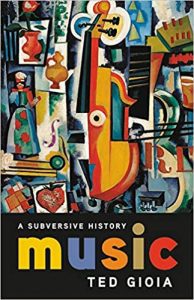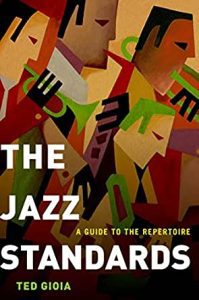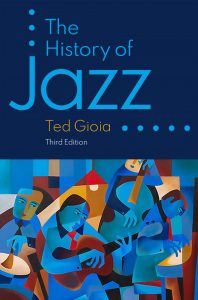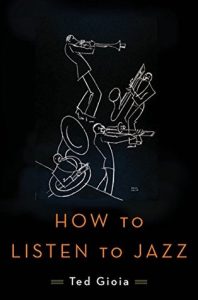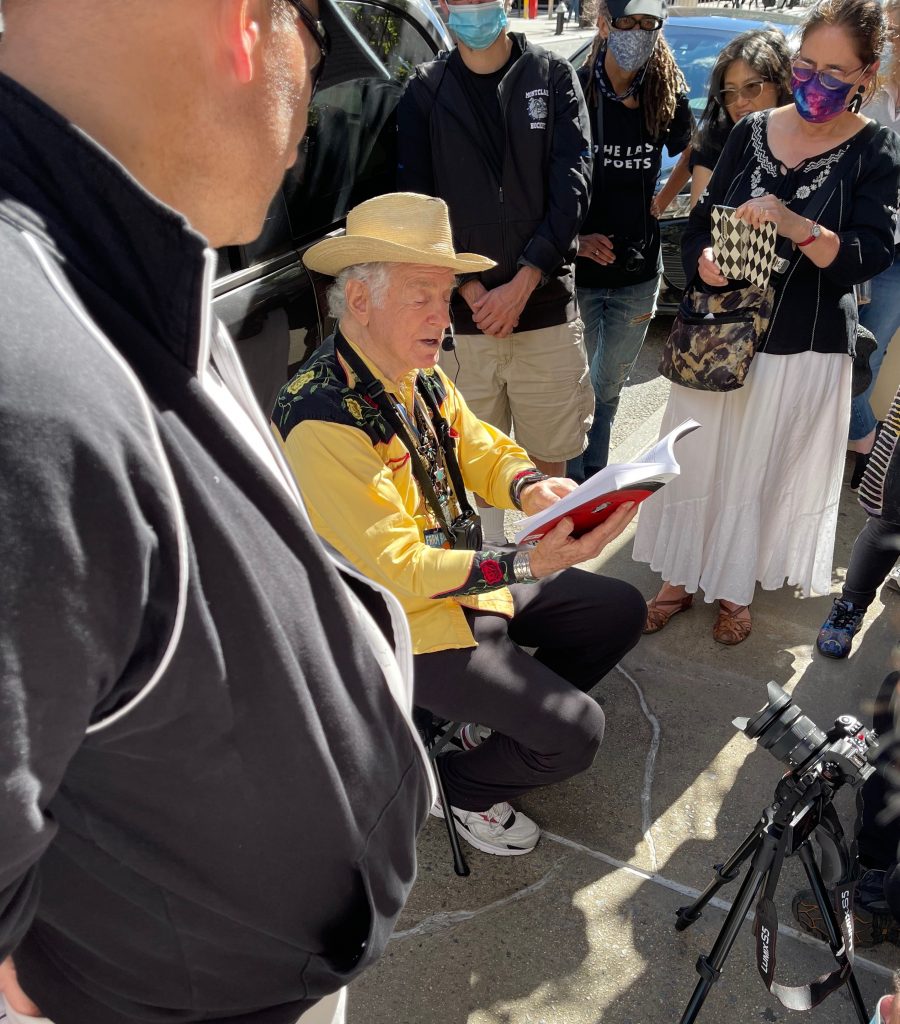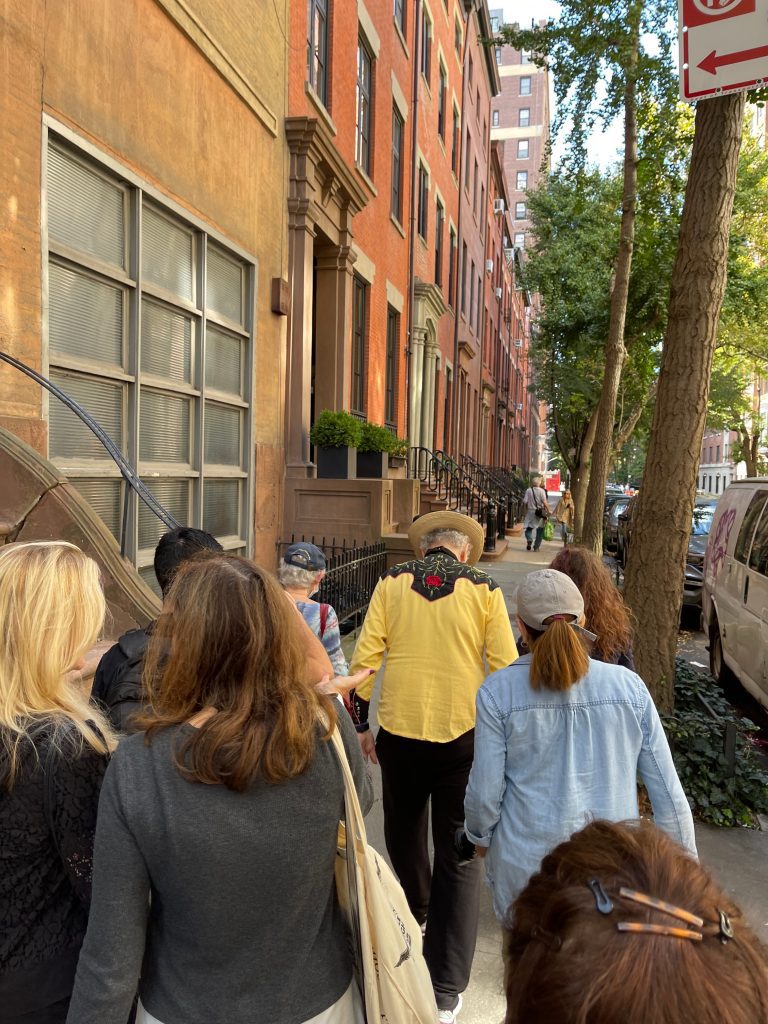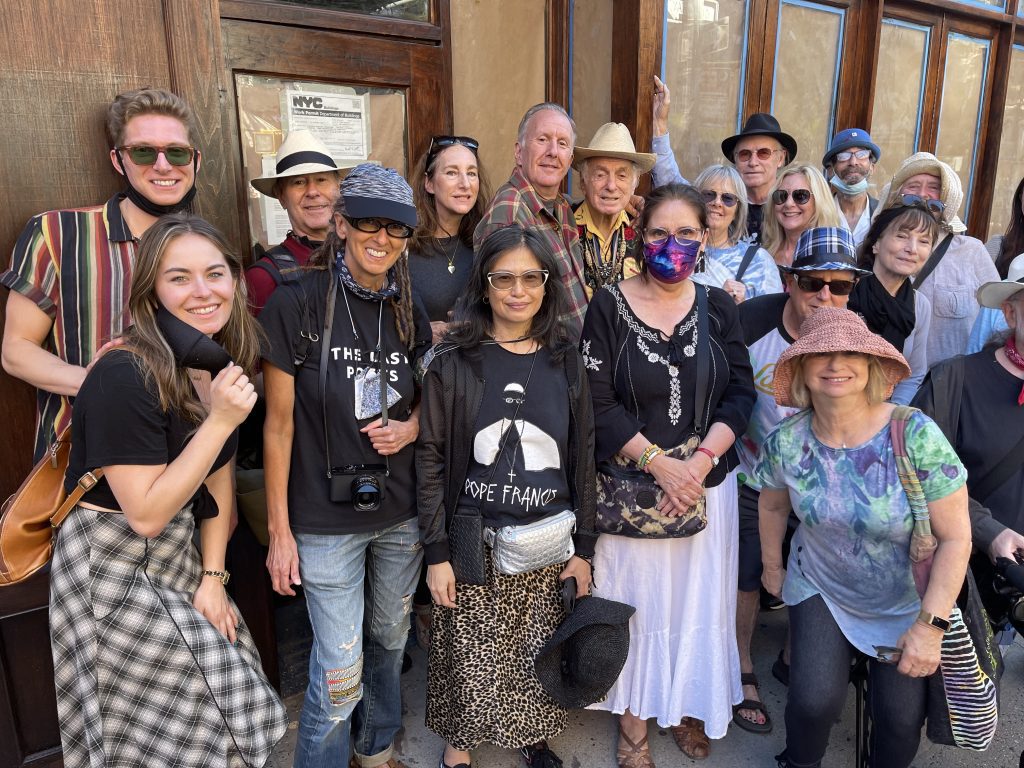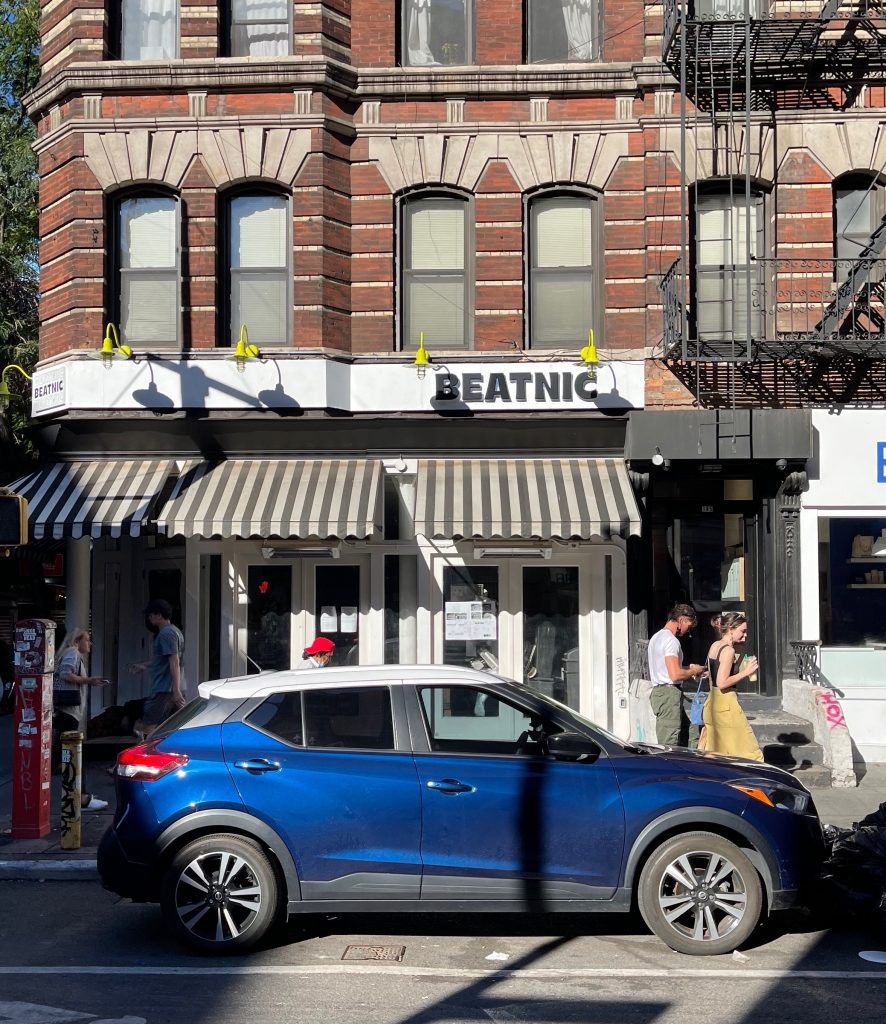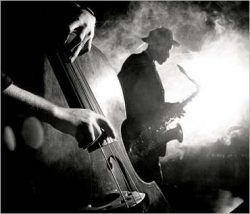Artist-Educators, Jazz on the Tube Interview
Americans used to be so musically literate that not only was sheet music routinely sold in the lobbies of theaters, but the sheet music of a hit could sell a million, even millions, of copies.
People would take home the hits of the day and play them with friends and family at home and in public places like barbershops.
Then along came recorded music and the population as a whole shifted away from making music to consuming it.
Still the music survived and a new wave of young musicians used the new technology to usher in a golden age of performance. (Think Charlie Parker playing his Lester Young records over and over and studying them under a musical microscope.)
A few generations later, the government bureaucrats who control public education, started, in their infinite wisdom, to remove music education from the schools kicking the legs out from basic music literacy which even the poorest child once had as a birthright. (Think Louis Armstrong learning basic solfege and singing EVERY DAY in class as part of the normal curriculum for schoolchildren in early 20th century New Orleans.)
Not only is music education disappearing, but appreciation of music skill seems to be in decline.
The case can be made that today popular music is in the hands of a few studio-based producers who use software tricks like auto-tune to homogenize music and remove human skill from its creation.
From one perspective things could start to look incredibly bleak.
But thanks to musician ingenuity, there’s a light on the horizon.
In addition to schools and teachers who continue educating children in music, a new generating of artist-educators have taken to the online world to make the art and science of jazz available in a way it has never been before to anyone with an Internet connection.
Despite all the challenges, in this one corner of the world, we are truly living in a golden age of music education.
Jazz on the Tube sits down with one of the innovators to talk about the phenomenon.
– Ken McCarthy
Jazz on the Tube
P.S. Our unique programming is made possible by help from people like you. Learn how you can contribute to our efforts here: Support Jazz on the Tube
Thanks.
Music credit: The Jazz on the Tube podcast theme song is “Mambo Inferno” performed by The Manhattan School of Music Afro-Cuban Jazz Orchestra conducted by Bobby Sanabria from the CD ¡Que Viva Harlem!
Blog
I’m 62 years old so I remember vinyl when it was the only game in town.
I remember when cassettes came along. I embraced them.
When CDs came along, I was skeptical, but I eventually got onboard.
Streaming?
Not a fan. At a gut level I don’ trust it and the people behind it.
Ted Goila lays down a foundation of reason for what admittedly was just an instinct on my part.
Books by Ted Gioia
An extended fascinating talk by Ted Gioia
– Ken McCarthy
Jazz on the Tube
P.S. Our unique programming is made possible by help from people like you. Learn how you can contribute to our efforts here: Support Jazz on the Tube
Thanks.
Blog
American music comes from a lot of places, but when you’re talking about primary sources of power, you’ve got to credit the Black Church.
Historically, everyone from Louis Armstrong to Ornette Coleman credit the church with helping them find their depth in music.
This clip comes from Ulysses Owen Jr’s interview of drum master Joe Saylor from the thoroughly excellent Open Studios YouTube channel.
Click here for the full interview.
From family encouragement…to the Church…to jam sessions that welcome young people…to generous musical mentors.
That’s where the power comes from.
– Ken McCarthy
Jazz on the Tube
P.S. Our unique programming is made possible by help from people like you. Learn how you can contribute to our efforts here: Support Jazz on the Tube
Thanks.
Artist-Educators, Blog

What do Jack Kerouac, Thelonious Monk, Dizzy Gillespie, Joseph Papp, Leonard Bernstein, Pete Seeger, Bob Dylan, Tito Puente and Willie Nelson all have in common?
They’ve all hung out and spent quality time with David Amram.
As part of the Village Trip Arts Festival David led a walking tour through the West Village on September 26, 2021. The previous night he was on stage with Willie Nelson at 11 PM playing an encore at the Farm Aid concert in Hartford, CT.
He’ll be turning 91 this November 17, but clearly the calendar means nothing to him.

Walking down West 10th Street now home to multi-million dollar brownstones previously a row of art galleries. One of these ground floor apartments was the art gallery that hosted the first ever known jazz-poetry performance. Someone had to do it and the two who did it were David Amram and Jack Kerouac in the 1950s.
Another Amram/Kerouac production, the 1959 film “Pull My Daisy” based on Kerouac’s never finished play “The Beat Generation.” Larry David credits the film with providing the inspiration for his own “show about nothing” – Seinfeld. (Directed by Robert Frank and Alfred Leslie.)

David has fans of all ages. Old and new friends came out for the tour.

Synchronicity: The corner restaurant across from where we ended the tour recently changed its name to “The Beatnic,” the term the news media coined to described the art-music-poetry-theater culture that thrived in the West Village in the 1950s.
Three years ago, we had the great pleasure to hook David up with a gig on opening night of the 2018 Havana Jazz Festival.
Click here for details of that trip, his first visit to Cuba in forty years.
– Ken McCarthy
Jazz on the Tube
P.S. Our unique programming is made possible by help from people like you. Learn how you can contribute to our efforts here: Support Jazz on the Tube
Thanks.
Chroniclers, Jazz on the Tube Interview, Podcasts
Memphis produced George Coleman, Hank Crawford, Booker Little, Phineas Newborn, Jr, Jamil Nasser, Charles Lloyd, Harold Mabern, and Louis Smith. And that’s the shortlist.
What the heck was going on there? The great Phil Schaap explains.
Jazz on the Tube’s in-depth looks at the jazz scene across America
Boston
The Boston Chronicles
https://www.jazzonthetube.com/the-boston-chronicles-richard-vacca/
Detroit
Jazz from Detroit
https://www.jazzonthetube.com/jazz-from-detroit/
Kansas City
Jazz Secrets Revealed
https://www.jazzonthetube.com/jazz-secrets-revealed/
LA
Kareem Abdul Jabar on LA’s Central Avenue
https://www.jazzonthetube.com/kareem-abdul-jabar-on-las-central-avenue/
New Orleans
John Swenson – New Atlantis
https://www.jazzonthetube.com/nolarebirth/
New Orleans Remix
https://www.jazzonthetube.com/jack-sullivan-new-orleans-remix/
Roget Lewis – The good news from New Orleans
https://www.jazzonthetube.com/roger-lewis-and-the-good-news-from-new-orleans/
San Francisco
Harlem of the West – The San Francisco Jazz Era
https://www.jazzonthetube.com/harlem-of-the-west-the-san-francisco-jazz-era/
Jazz on the Barbary Coast
https://www.jazzonthetube.com/the-birthplace-of-jazz/
St. Louis
The City of Gabriels
https://www.jazzonthetube.com/podcast-st-louis-city-of-gabriels/
Texas
Texan Jazz
https://www.jazzonthetube.com/interview-with-dave-oliphant-about-texan-jazz/
Ornette – Deep from the Heart of Texas
https://www.jazzonthetube.com/ornette-deep-from-the-heart-of-texas/
– Ken McCarthy
P.S. Our unique programming is made possible by help from people like you. Learn how you can contribute to our efforts here: Support Jazz on the Tube
Thanks.

